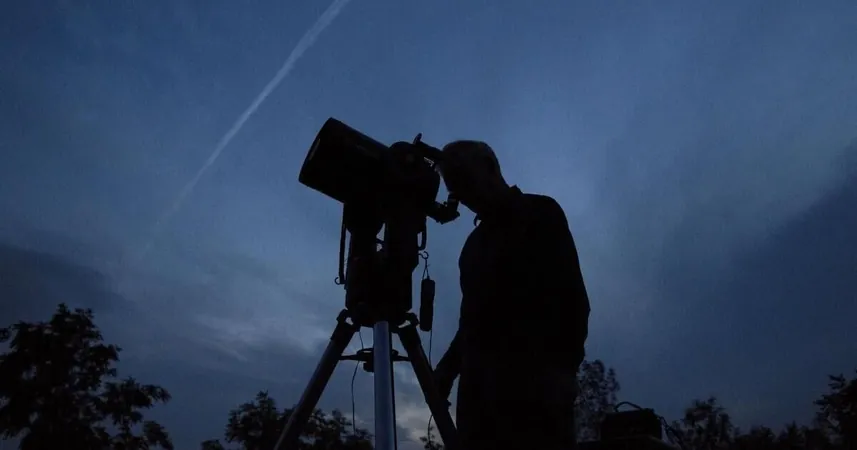
Don’t Miss the Spectacular Quadrantid Meteor Shower: The Brightest Show of 2025 Takes Center Stage!
2025-01-02
Author: Olivia
Get ready for an astronomical treat as the Quadrantid meteor shower reaches its peak tomorrow, offering sky-watchers a dazzling performance you won’t want to miss!
This spectacular meteor shower will peak on Friday, January 3rd, with a narrow window of visibility lasting just about six hours. It’s active from December 26 through January 16, making it an annual highlight for stargazers.
Why the Quadrantids Could Shine the Brightest This Year:
The best time to observe the Quadrantids is in the pre-dawn hours on January 3, according to EarthSky.org. These meteors are best viewed from the Northern Hemisphere, and this year, those situated in the northwest and Pacific regions are in for a treat with optimal viewing conditions.
What sets the Quadrantids apart from other meteor showers is their sharp peak, which is one of the reasons they are considered to be among the best annual meteor showers alongside the Lyrids, Leonids, and Ursids.
What Will You See?
Typically regarded as a "moderate shower," the Quadrantids can deliver anywhere from 20 to 30 meteors per hour under ideal conditions. However, NASA estimates that with perfect circumstances, viewers could see a jaw-dropping 60 to even 200 meteors per hour. This year’s display is expected to be particularly impressive due to minimal moonlight interference, enhancing the chances for a spectacular show.
The best time for meteor activity will be as dawn approaches, and those in rural areas are likely to have a superior view compared to suburban locations. While these meteors are known for their bright fireballs, they may lack persistent trails.
Unlocking the Mystery: The Origins of the Quadrantids
An exciting fact about the Quadrantids is that unlike most meteor showers, which originate from comets, they hail from an asteroid named 2003 EH1. This asteroid takes approximately 5.52 years to orbit the Sun, and researchers speculate it may be a "dead comet" or a "rock comet," adding a unique twist to its origin story.
Don’t Let This Year’s Best Meteor Shower Slip By!
The Quadrantids have been deemed by the American Meteor Society as potentially the strongest meteor shower of the year. However, those wanting to witness this celestial event should be aware that the window for maximum activity is short, often accompanied by unpredictable weather in early January.
So grab your blankets, find a comfortable spot away from city lights, and prepare for an enchanting display of meteors! Mark your calendars and set your alarms—we can’t wait to see how many meteors rain down in the night sky!
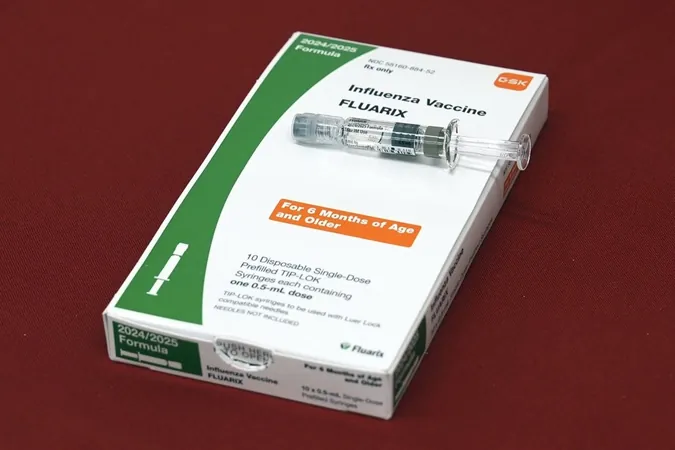
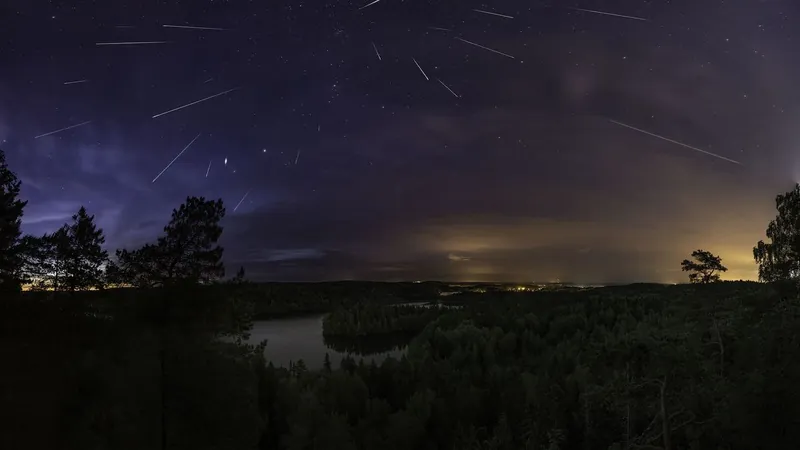
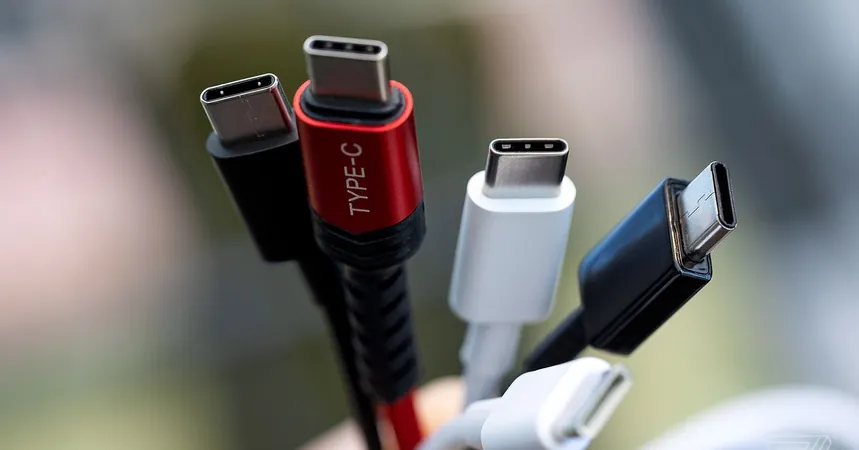



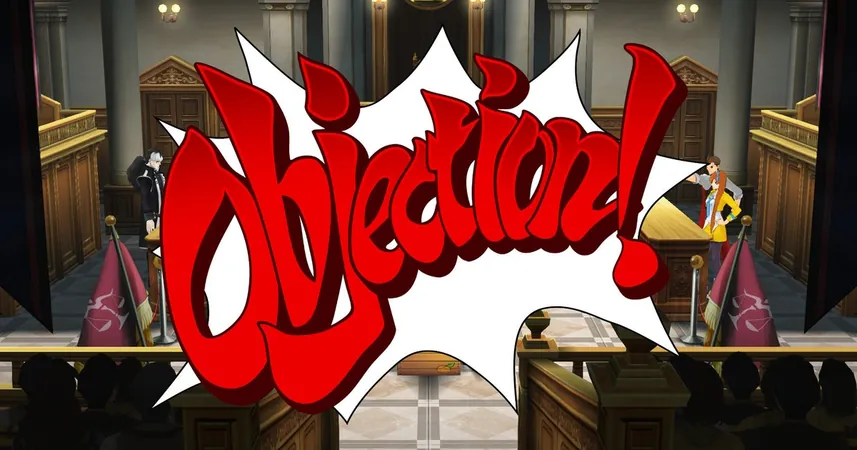


 Brasil (PT)
Brasil (PT)
 Canada (EN)
Canada (EN)
 Chile (ES)
Chile (ES)
 España (ES)
España (ES)
 France (FR)
France (FR)
 Hong Kong (EN)
Hong Kong (EN)
 Italia (IT)
Italia (IT)
 日本 (JA)
日本 (JA)
 Magyarország (HU)
Magyarország (HU)
 Norge (NO)
Norge (NO)
 Polska (PL)
Polska (PL)
 Schweiz (DE)
Schweiz (DE)
 Singapore (EN)
Singapore (EN)
 Sverige (SV)
Sverige (SV)
 Suomi (FI)
Suomi (FI)
 Türkiye (TR)
Türkiye (TR)